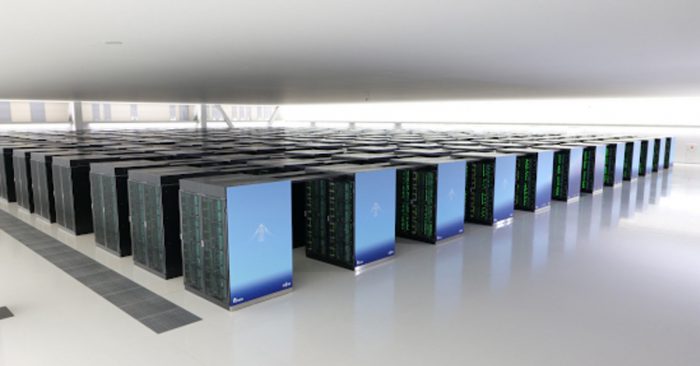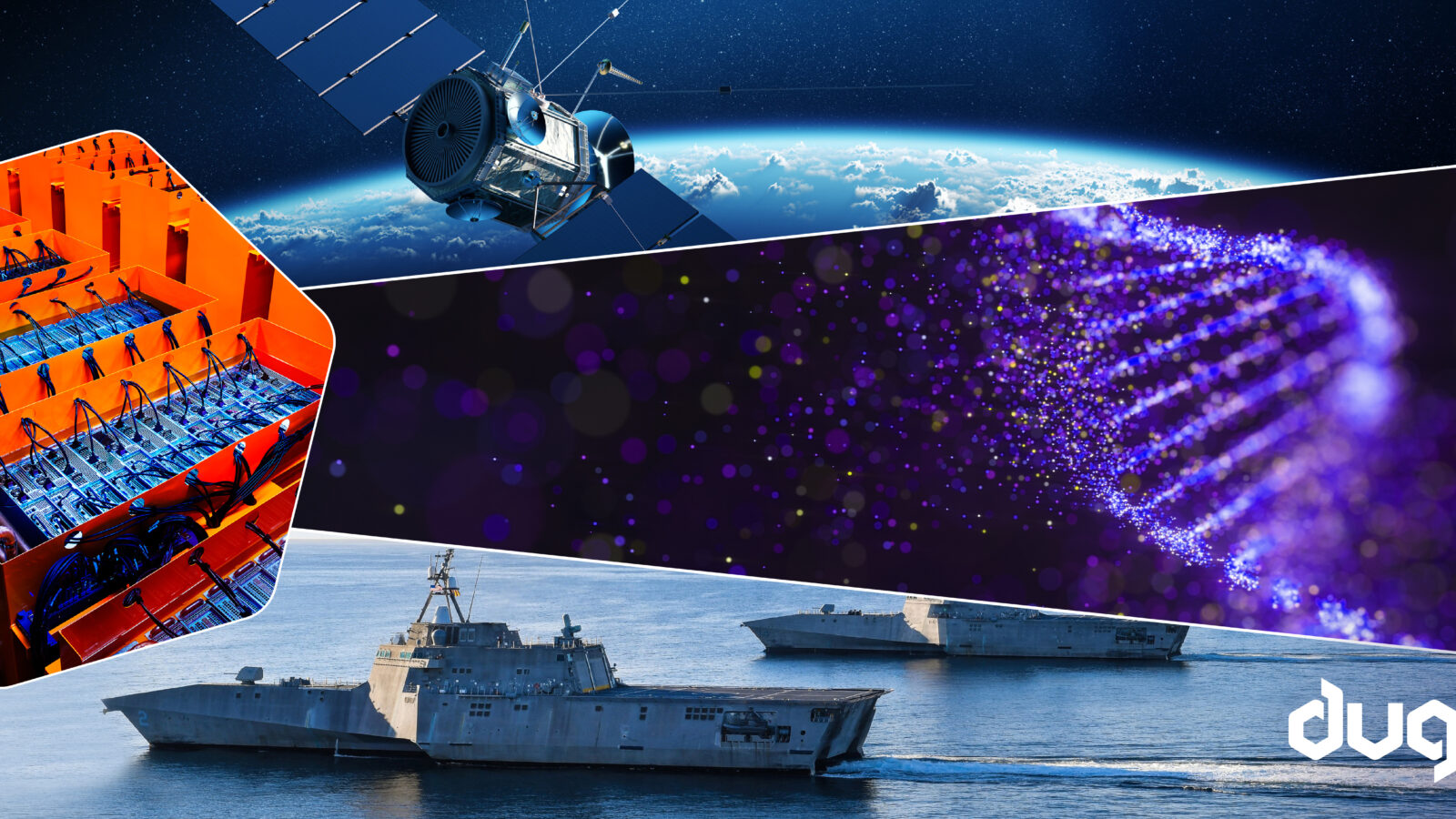2020 will be long remembered by us all as a year of disruption, disturbance, and delays. In the world of high-performance computing however, in spite of the complications introduced by COVID19, there was a LOT of exciting activity.
A year is a long time in the tech world. Let’s look at just some of the significant events that occurred this year, that will help shape the future.
Exascale is on everyone’s mind with the race to achieve the first system due to be won any day now. The number of vendors involved in the effort continues to grow.
AMD introduced new MI100 GPU’s targeting compute, delivering 11.5 TFlops (FP64).
NVIDIA introduced the new A100 delivering 9.7TFlops (FP64) and a whole heap of tensor core performance.
NEC expanded its SX-Aurora TSUBASA range to 3TFlops (FP64).
Fujitsu went live with the A64FX CPU, based on ARM and a new 512bit vector instruction set SVE.

Japan took the #1 spot on the Top 500 list with Fugaku@Riken – a super impressive machine built on Fujitsu Arm. (Read our thoughts on Fugaku here).
Intel started releasing its Xe GPU cards, which promise to deliver over 40TFlops (FP64) and 4TBytes/s (?) of memory bandwidth (watch this space).
AMD debuted its 2nd Generation EPYC CPU’s to much applause and praise from the HPC community.
FPGA’s continued getting traction with AMD purchasing Xilinx (Intel had previously purchased Altera).
Memory bandwidth for a single “socket” went over 1.5TBytes/s – and looks to continue its climb.
TPU and matrix processors started appearing and recent GPU’s started to get these capabilities.
Cerebras release the Wafer Scale Engine packing a whopping 400000 cores using 1200 billion transistors on a single chip! (compared to 21 billion for a GPU).
Mellanox purchased switch software vendor Cumulus. Then NVIDIA completed the purchase of Mellanox and has set their sights on Arm.
HPE-Cray started shipping systems with its new SlingShot network – a souped-up ethernet for HPC.
Did anyone mention 400Bg/s and 800Gb/s ethernet?
DDN continued to build on its Lustre acquisition to offer high performance HPC storage.

Storage new-comer, VAST,started kicking HPC goals with its NAS appliance approach to storage. (Read our thoughts on VAST here).
The HPC storage space started to explode with MadFS, BeeGFS, DAOS, WekaIO Matrix, Lustre, IME, GekkoFS, Spectrum Scale and CephFS all appearing in the IO500.
What is MadFS? And where did it come from?
Power went through the roof with the top 10 systems (www.top500.org) combining for nearly 100MW!
Late in 2020 IBM effectively cancelled CentOS (the OS that most HPC systems use) after they acquired RedHat in 2019.
And if all that wasn’t enough, Astrophysicists, preparing for one of the largest experiments humankind has ever undertaken, ran a single computation utilising over 27000 GPU’s to simulate what they plan to build in the coming years!
If this is the HPC world during a global pandemic, we’re ready for you 2021 – but let’s strap in for the ride!




































